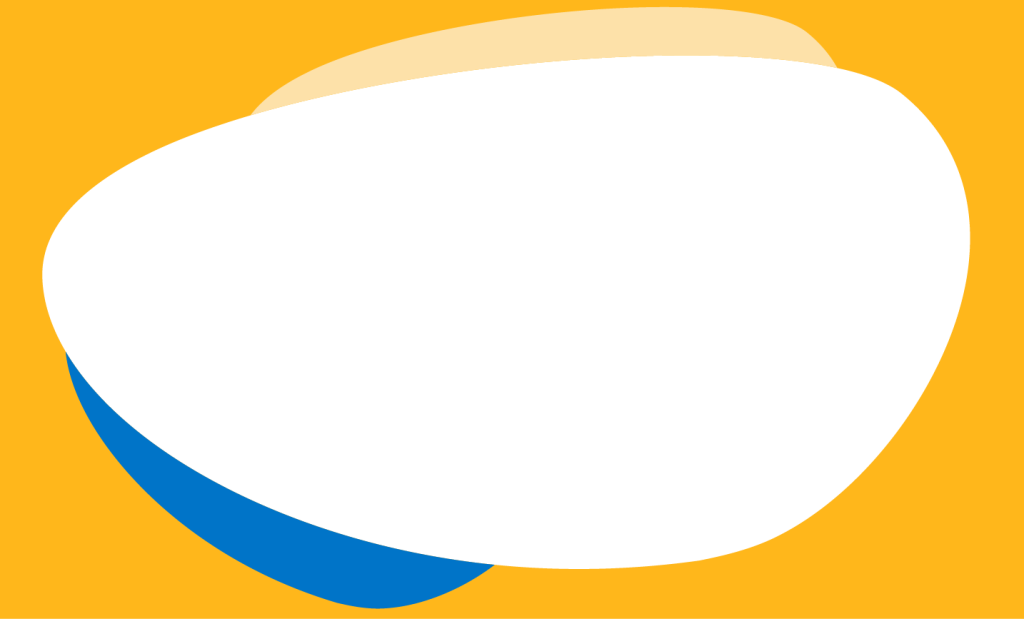

(*Please note that the diagnostic criteria for ASD according to the DSM-V changed as of May, 2013. Autism Spectrum Disorder now is a single category that encompasses Autistic Disorder, Asperger’s Disorder and PDD-NOS). The information below is in line with the current diagnostic criteria).
Autism Spectrum Disorder (ASD) is a pervasive developmental disorder depicted by markedly abnormal or impaired development in social interaction and communication and a markedly restricted repertoire of activities and interests.

Diagnosis alone is NOT the solution. It simply opens the door to getting the help that is needed by arming all involved with the relevant information.
The ‘help’ still needs to be provided. The help that is provided (at least from a therapy perspective) will reflect:
More specific implications of failing to seek treatment will be strongly influenced by the individual difficulties that are functionally most influencing your child.
Diagnoses are used to label a specific set of symptoms that are being experienced by a child.

WE ACKNOWLEDGE THE TRADITIONAL CUSTODIANS OF THE LAND IN WHICH WE OPERATE AND PAY OUR RESPECTS TO ELDERS PAST, PRESENT, AND EMERGING. OUR FAMILY IS FOUNDED ON HOSPITALITY, THE BELIEF THAT EVERYONE IS WELCOME! DIVERSITY, INCLUSION, AND EQUITY ARE CELEBRATED, REPRESENTED, AND SUPPORTED IN OUR PEOPLE, OUR CUSTOMERS, AND OUR COMMUNITIES.